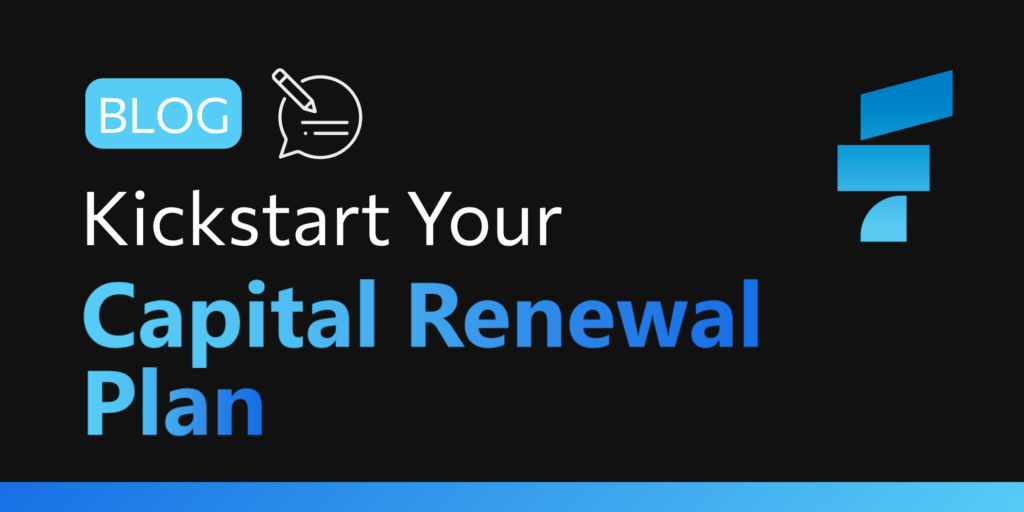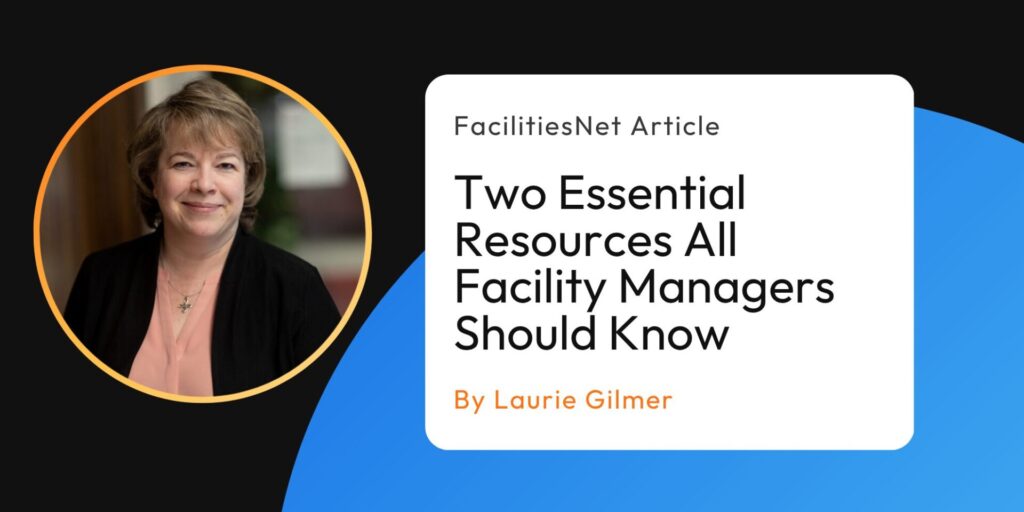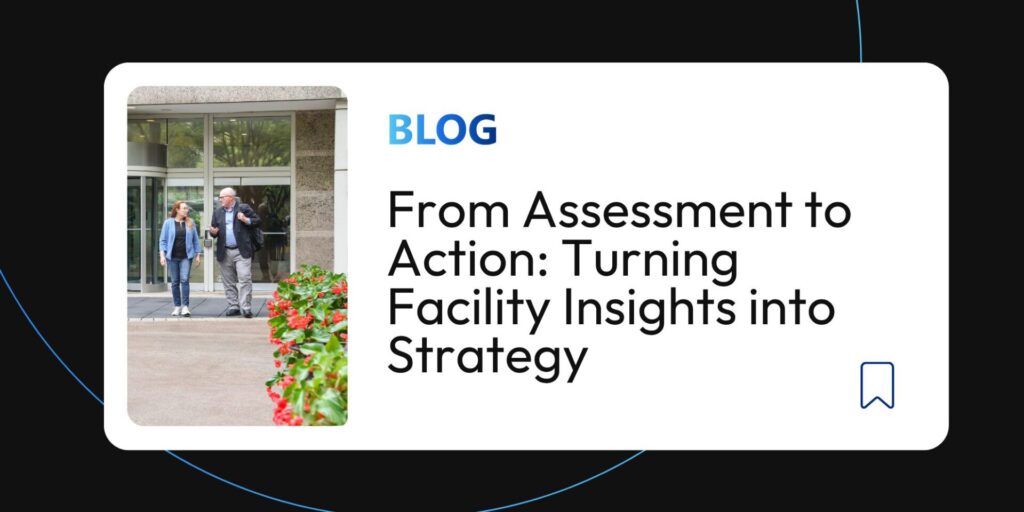Facility Capital Renewal Planning Strategies
Click here to download the Facility Capital Renewal Planning Checklist
Effective facility capital renewal planning is about more than fixing what’s broken – it’s about building a future-ready facility portfolio that supports your mission, minimizes risk, and stretches limited resources. In a time when infrastructure challenges are mounting and funding is tight, a strategic approach to capital renewal planning isn’t optional – it’s essential.
Here’s how to move from reactive repairs to a long-term capital strategy that’s proactive, data-driven, and aligned with your goals.
Step 1: Kickstart Your Planning with the Right Foundation
Capital renewal planning starts with understanding what’s driving the need for action. Before diving into data or dollars, make sure your team is aligned on the why behind the plan.
✔ Align your strategy with organizational goals
✔ Define your planning horizon (20 years is common)
✔ Engage key stakeholders, such as facilities, finance, and leadership
These early steps ensure your planning is rooted in purpose, not just process.
Step 2: Know Your Needs Before You Budget
A capital renewal plan is only as strong as your understanding of your facility portfolio. Start by organizing your assets using a proven framework like ASTM UNIFORMAT II, which helps you build a consistent asset hierarchy and assess conditions at the system and component level.
Even if you don’t have complete data, you don’t have to wait. We’ve found that using modeling tools can provide about 80% of the insight at 20% of the cost of a full facility condition assessment – making it a smart option for budget-conscious organizations.
Once you know what needs to be done and when, you can prioritize, plan, and invest with confidence.
Step 3: Prioritize with Purpose
Not all facility needs are created equal. Some issues demand immediate attention, while others can be phased into future budget cycles. The key is turning data into decisions.
Sort your project pipeline using criteria like:
- Mission criticality
- Facility Condition Index (FCI)
- Functionality and usage
This step is where assessments become action. By filtering and ranking your needs, you can align your capital strategy with funding realities and organizational priorities.
Step 4: Treat Planning as a Cycle, Not a One-Time Task
A capital renewal plan is not a one-and-done document. It’s a living framework that should evolve with your facilities, your data, and your budget environment.
Build a feedback loop into your process by:
- Updating condition and functionality ratings annually
- Adjusting forecasts based on completed work
- Refreshing your data regularly to stay aligned with costs and asset conditions
Ongoing updates ensure your plan stays relevant and effective—and that your facilities remain mission-ready.
Moving from Insight to Action
Whether you’re managing a single facility or a multi-site portfolio, effective facility capital renewal planning empowers you to make smarter, more strategic decisions. It helps you advocate for funding, reduce emergency repairs, and extend the life of your building portfolio.
Start with a clear goal, build a structured process, and stay committed to regular updates.
Download our Capital Renewal Planning Checklist to take the first step toward a stronger, more sustainable future for your facilities.



